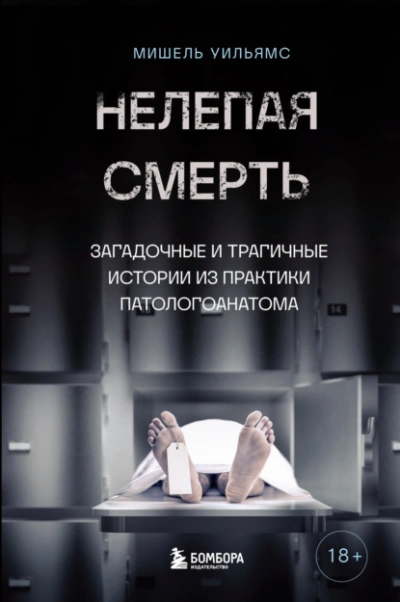Форма входа
Читем онлайн Обычные семьи, особые дети - Милтон Селигман
Шрифт:
-
+
Интервал:
-
+
Закладка:
Сделать
На этой странице вы можете бесплатно читать книгу Обычные семьи, особые дети - Милтон Селигман бесплатно.
Похожие на Обычные семьи, особые дети - Милтон Селигман книги
- Ненаправленная анималотерапия. Позитивные и негативные аспекты взаимодействия с собакой у детей и взрослых - Анастасия Никольская - Медицина
- Профилактические прививки детям. Детские врачи и родители – «за»! Кто – «против»? - Коллектив авторов - Медицина
- Детское питание. Полный справочник - Г. Трофимова - Медицина
- Аллергия - Алексей Светлов - Медицина
- Играем вместе: интегративные игровые процессы в обычном детском саду - Е. Иванова - Медицина
- Болезнь Боткина - Раиса Соколовская - Медицина
- Мануальная гимнастика для позвоночника - Виктор Ченцов - Медицина
- Как избавиться от боли в шее. Шейный спондилез - Шив Дуа - Медицина
- Патопсихология: Хрестоматия - Н Белопольская - Медицина
- Гомеопатия - Томас Паскеро - Медицина







